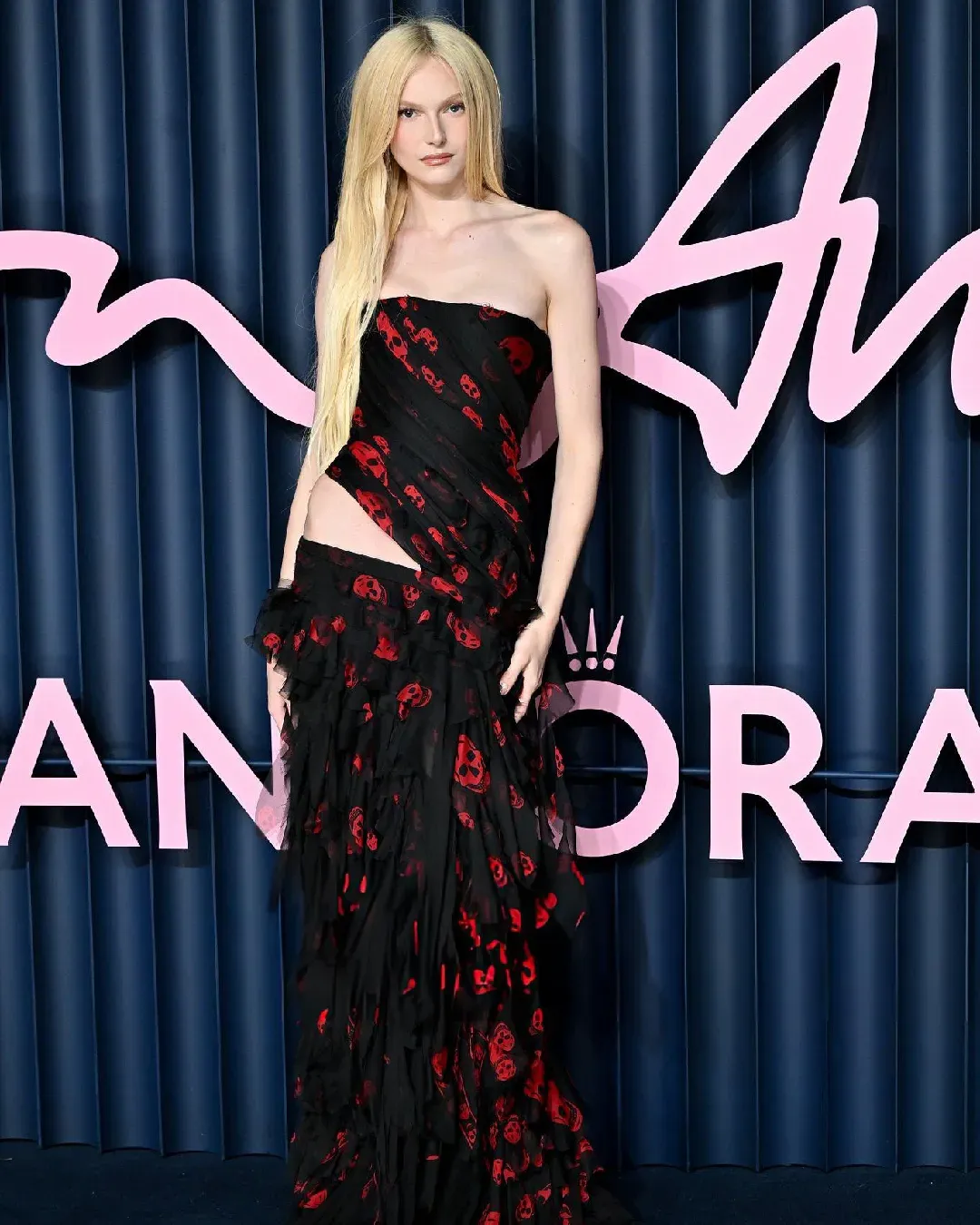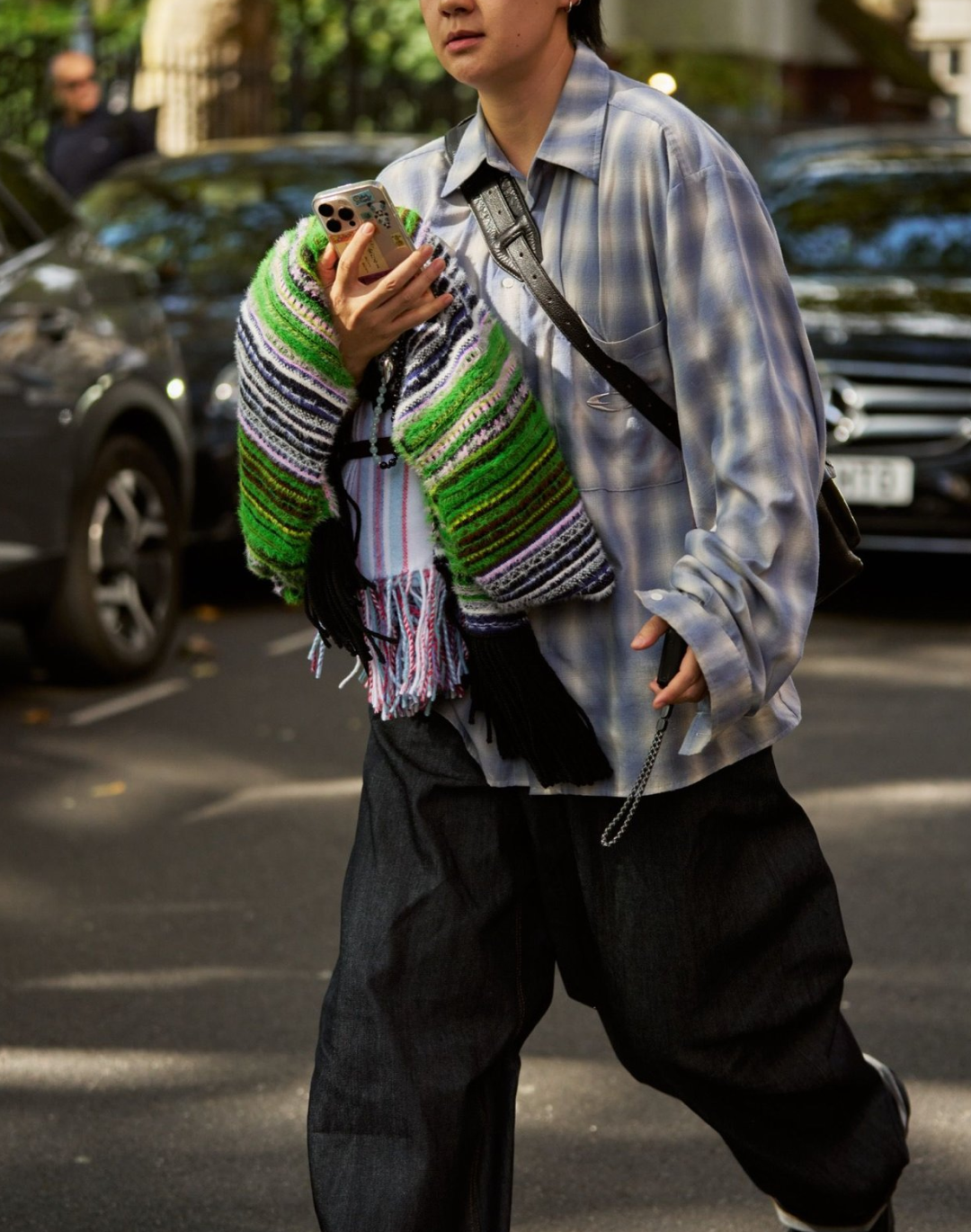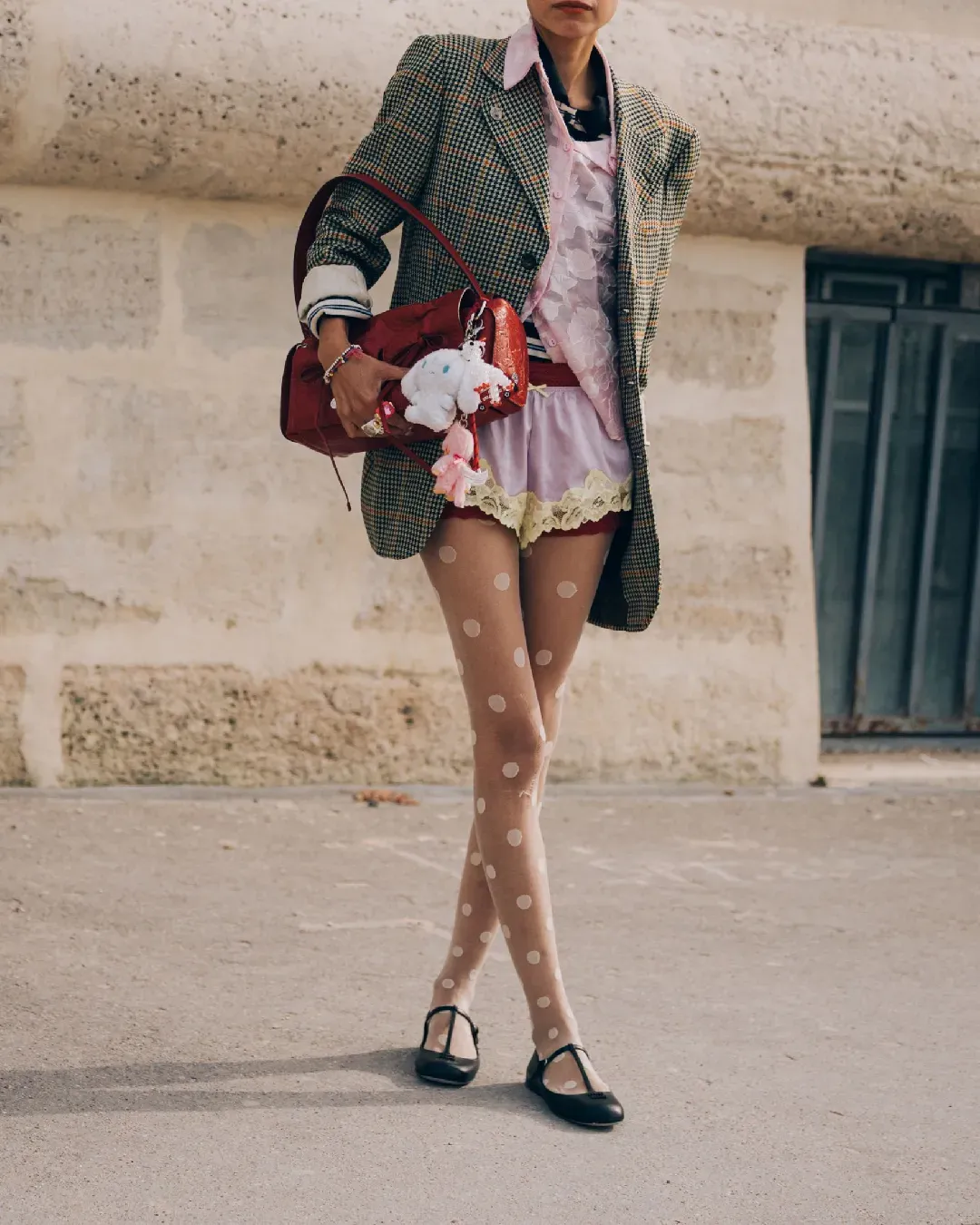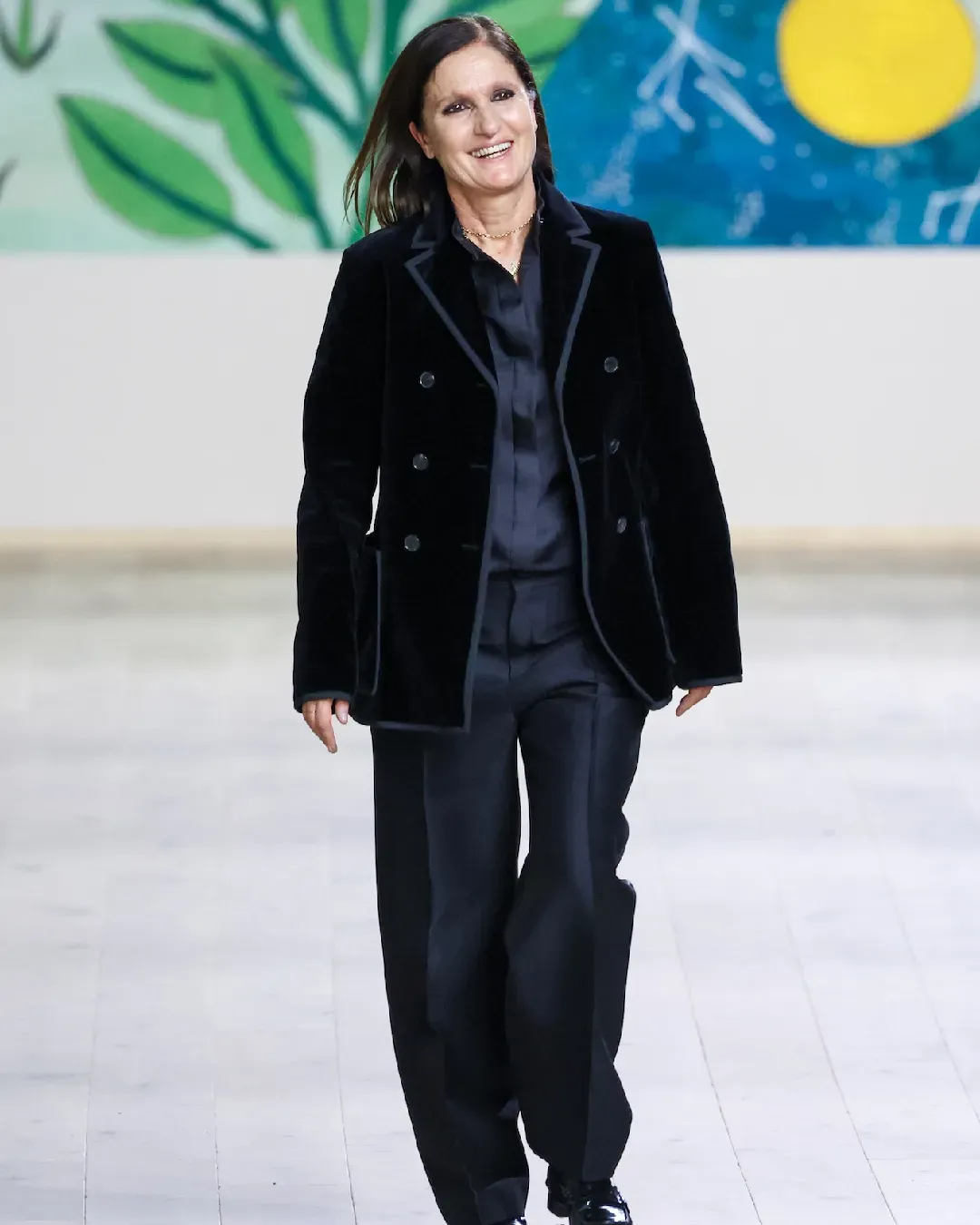
Archive collectors are luxury brands' new favourite pals Here's how they help them find inspiration
Martina Lohoff, the founder of The Phoebe Philo Old Celine Archive, started buying Celine with her family during getaways to Florence. Philo's clothes made her feel powerful as a woman, a passion that has now turned into a business. «I always felt welcome when I was able to help people get the piece they were looking for,» she said. For her, it’s a community sharing a common love. «And knows that you can’t go to a boutique and buy it,» she said, «You have to look for it.» She can’t imagine collecting any other brand, like Prada or Helmut Lang. «My heart is not there,» she said. Most archivists started collecting out of a genuine love for a designer’s work, without considering profit or how significant their own archives would become for brands who had never archived their designs. Another example comes from Steven Philip, a London-based consultant who moved to the city of David Bowie and Marc Bolan during the 80s, at a time when club culture was thriving and iconic British designers like Vivienne Westwood were making waves. Fascinated by Westwood and John Galliano’s ability to create entirely new worlds through their collections, he started collecting pieces, later amassing the largest Westwood collection in the world. «In the late ‘90s, it was time to decide what I wanted to do for a living,» he said, «I opened a stall on Portobello and the rest is history!» Now, he focuses on a core collection for his consultancy work with stylists and artistic directors. Michael Kardamakis, who runs Endyma, the largest Helmut Lang archive in the world, started collecting when he was a student. «Eventually it became a shop, thanks to different people engaging with it in different ways,» he said, «For example, when clients started asking for rentals.» He selects pieces based on what is interesting to him personally. «Many of the pieces, when we first bought them, weren't necessarily as much of a thing as they are now,» he reflected. «By the time something is popular, it’s late to get into it. It’s not really us trying to adapt our inventory to what’s hot, as much as the market playing catch up with what we have. It’s like I’m putting a bet on brands.» Many fashion houses and designers approach Kardamakis's archive for research, something the collector prefers, rather than simply focusing on direct retail.
The entire premise of being a creative director after the original founder has passed is delving into the archives, reflects journalist Kanika Talwar. When Peter Do designed his first collection for Helmut Lang, everyone was waiting to see how he would take from Lang’s designs, much of which are lost due to a fire – although now carefully documented by Joakim Andreasson in ‘Helmut Lang Dispersed’, a book released just after Do’s debut. «It’s built into the ecosystem of how luxury Maisons operate,» she said, citing Raf Simons’ first collection at Christian Dior, «He looked back deeply into the very core of Monsieur Dior’s silhouettes and fabrics to create an unforgettable collection. To me, that’s why Raf was so successful and revered for his time at Dior. He paid homage to the essential Dior codes while putting his own spin on them.» It’s easy to keep a good archive record at a big fashion house, said Talwar, like Thom Browne having Tianni Janae Graham as their archivist. «For most fashion businesses, especially ones that are smaller, it’s easy to just have a person to handle this pile of clothing that you produce every year,» said Kardamakis. «When you’re an up-and-coming fashion brand, keeping databases of your work is the least of your concerns. I completely understand that a young business should focus their efforts elsewhere, not just on fetishising their own work – it’s too early for this.» He mentions Raf Simons, who would have archive sales at extremely low prices as the brand needed to liquidate.
Valentino ss25 by Alessandro Michele. pic.twitter.com/UuzM2cIJCK
— linda (@itgirlenergy) September 29, 2024
Another reason why brands tend to work with archivists is to draw inspirations for their new collection. «Now fashion houses are trying to rebuild their archives,» said Sophia Elizabeth, founder of The Spaghetti Archives. «So they can get inspired. I have a lot of designers buying or renting from me.» Alongside brands collecting their own past designs are also other fashion houses buying pieces from other brands – Kardamakis once received an order for a Lang jacket from Givenchy. «Alaia used to buy archive pieces from other brands to get inspired and also have his own collection,» said Elizabeth. «Take the Spring Summer 2024 Valentino collection, which showed repeated printing of phrases or poems on the garments – this is very reminiscent of Junya Watanabe’s first menswear collection in 2002.» said Woody Lello, the founder of the app Truss Archives, which digitally back-catalogues brands’ designs making them publicly accessible. However, even when brands have full-time staff managing their archives, Kardamakis realised it’s not fun for designers to browse their own archives. «We have lots of clients who have an archive, but still choose to fly to Berlin and come to us,» he noted.
Spaghetti Archive Sophia Elizabeth, like many other vintage archivist, often works with celebrity stylists who, interestingly, prefer to buy or rent a piece instead of loaning it from the house who designed it. For Yana McKillop, Fashion Director of Puss Puss Mag who also runs an archive, working with vintage fashion for celebrity styling allows one to make a statement about one’s vision. «Wearing archive pieces shows how you support the designer,» said Elizabeth, «You acknowledge their lasting impact on the industry – it’s a strong message.» Fashion archives also help drive the conversation around sustainability, which fashion is always under fire for. Although many do not buy into this archival sustainability narrative propagated by brands, – especially getting items shipped in a particular way, using cleaning chemicals and temperature control, says Kardamakis - brands like Miu Miu have gone the route of upcycling their previous collections. Who knows, sooner or later luxury brands might start selling their own archive collections in store.















































